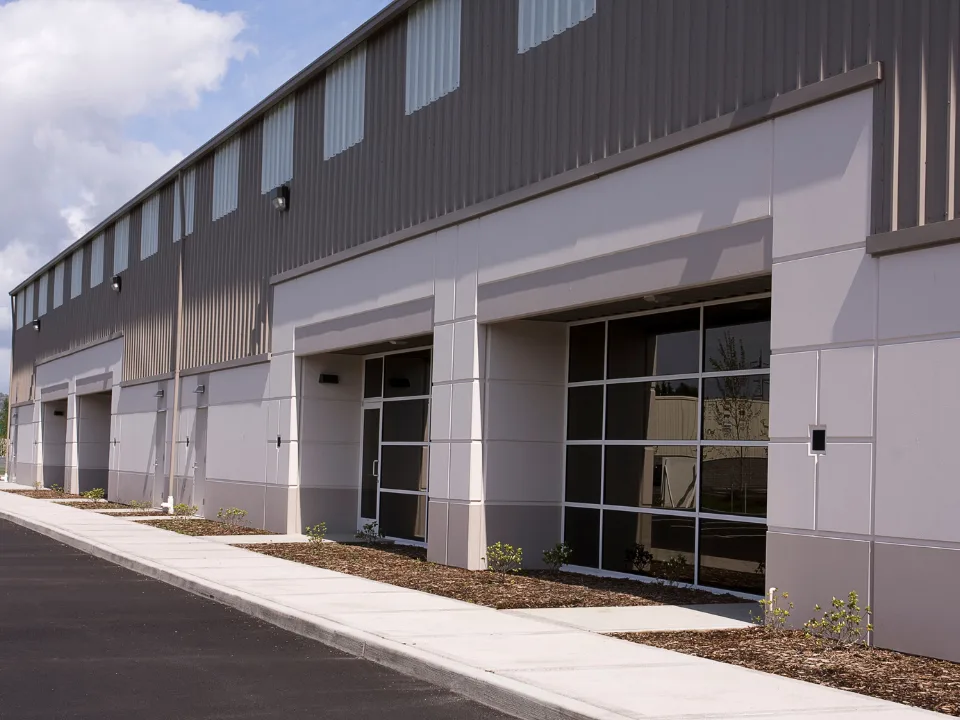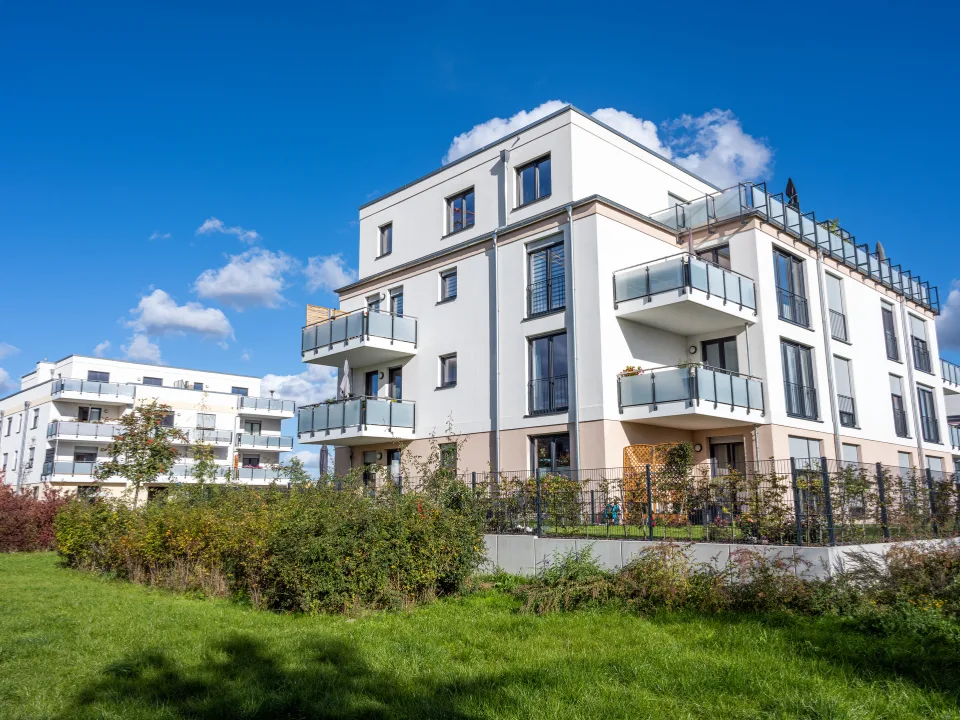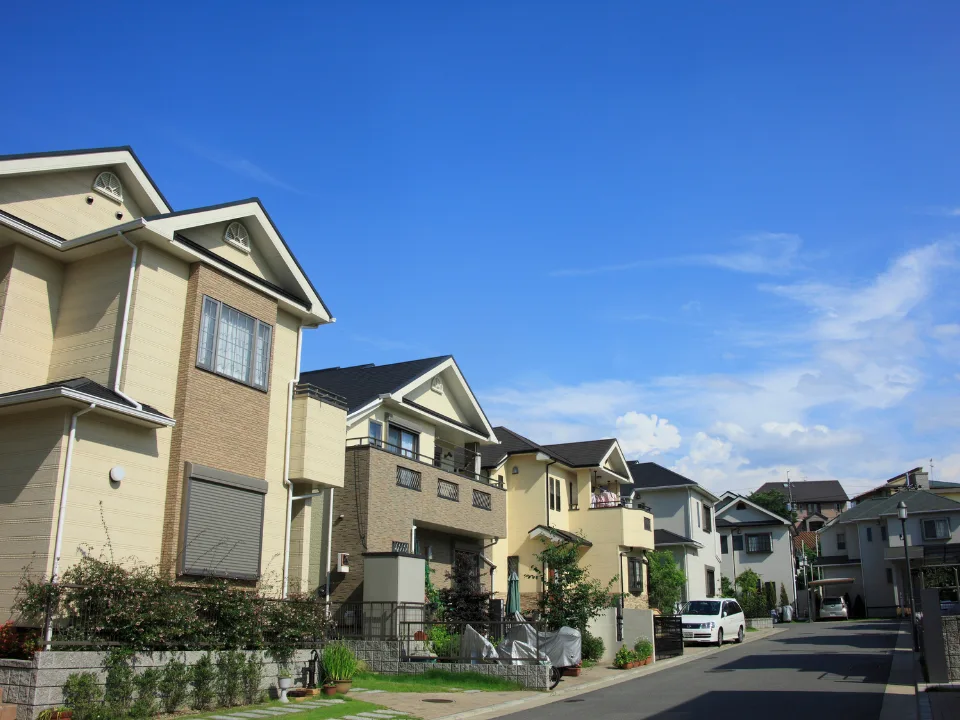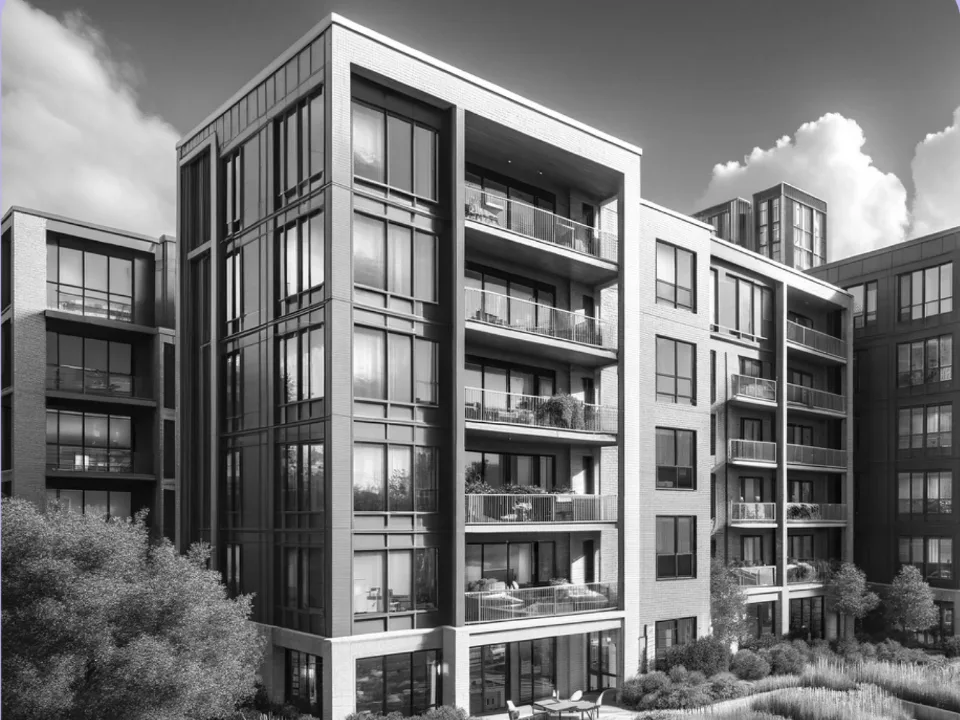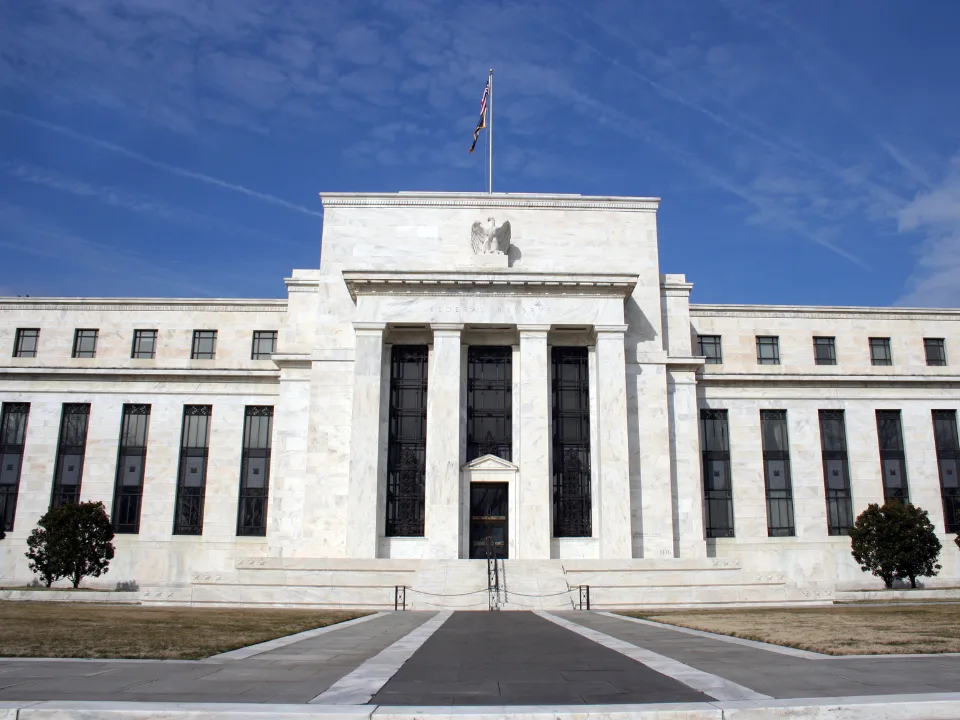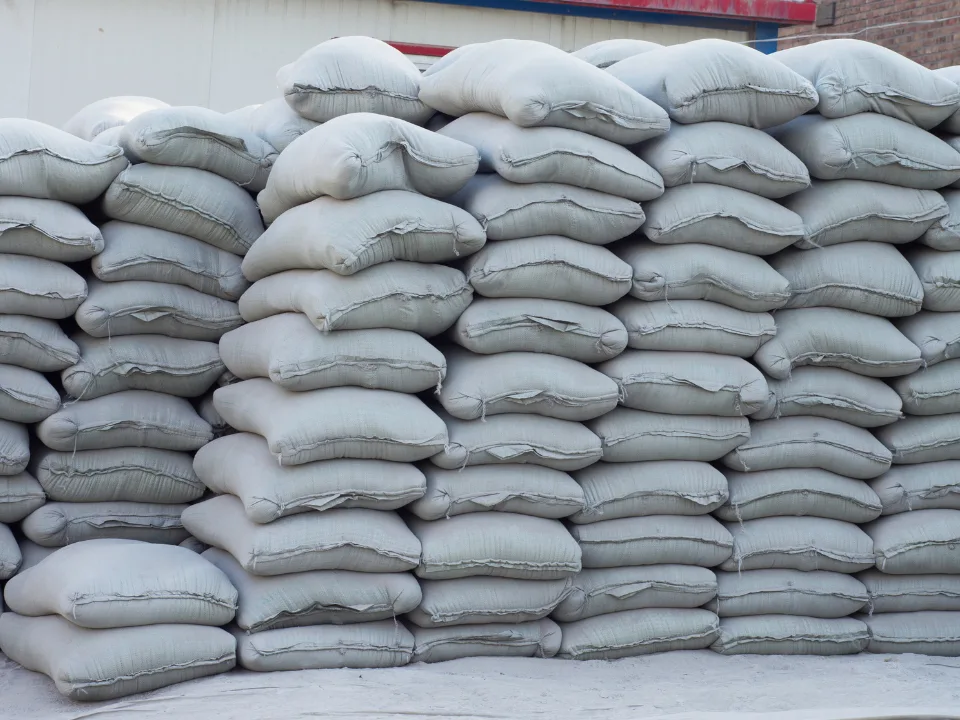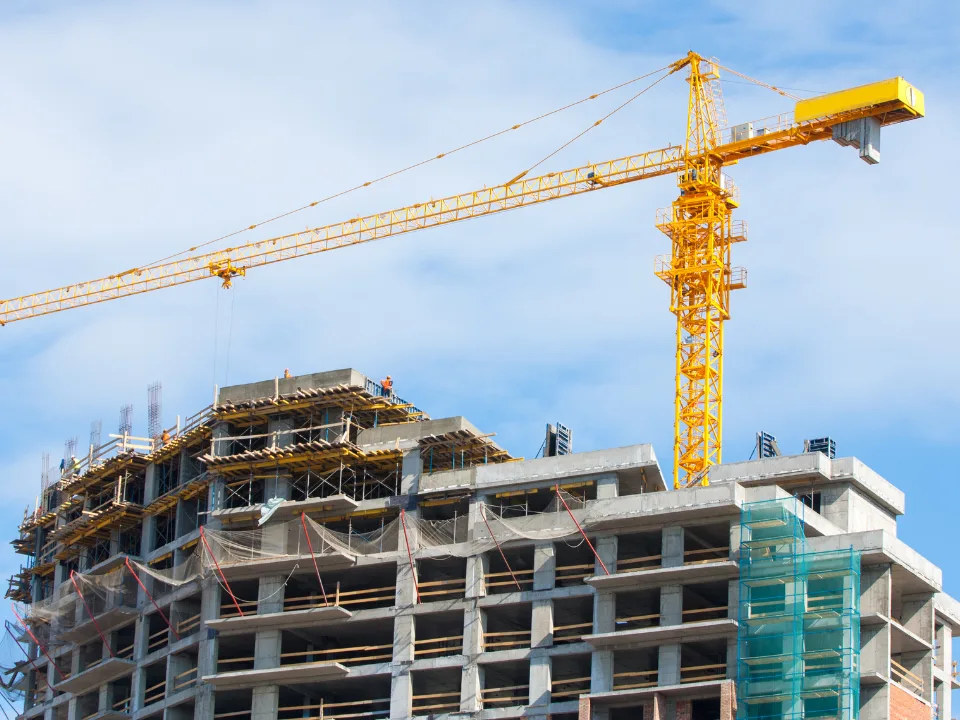- Student housing pre-leasing hit 73.2% in April, showing resilience despite softer lease-ups and slower rent growth.
- Average rents dropped 2% year-over-year to $917 per bed, with operators adjusting pricing due to increased competition and supply.
- New construction is slowing, with significantly fewer beds projected through 2027 amid tighter financing and rising costs.
- Investment activity remains stable, with 27 properties sold through April and strong per-bed pricing signaling ongoing demand.
A Sector Under Pressure, But Stable
The US student housing market is showing resilience despite a mix of economic challenges, reports GlobeSt. While inflationary pressures, construction costs, and broader recession concerns are creating a more difficult environment, student housing fundamentals remain intact—especially at top-tier universities and in high-demand markets.
Soft Spots And Strongholds
The softness is most noticeable in high-end student housing at tier 2 and 3 schools and in major metro areas where the conventional multifamily market has underperformed. Operators are responding with rate adjustments to maintain occupancy, noting that even with strong national pre-leasing levels, lease-ups have been slower and more competitive.
Among the 200 schools Yardi tracks, 21 universities—like Alabama, Mizzou, and Virginia Tech—reported pre-leasing rates over 90%, while another 21 were below 50%, primarily among smaller or private institutions.
Rent Growth Slows But Varies By Market
National average rent per bed sits at $917, down 2% year-over-year. The pace of rent growth has decelerated throughout the fall 2025 leasing season. Still, some markets remain robust—17 saw rent increases of 10% or more, highlighting continued demand disparities by location.
Get Smarter about what matters in CRE
Stay ahead of trends in commercial real estate with CRE Daily – the free newsletter delivering everything you need to start your day in just 5-minutes
Pipeline Shrinks As Costs Rise
Yardi has reduced its student housing supply projections, citing financing headwinds and inflation in construction materials. The forecast now calls for 28,454 new student housing beds in 2025—down significantly from the 44,746 beds added in 2023. Deliveries are projected to decline further into 2027.
Investment Activity Steady
Despite macroeconomic uncertainty, investor interest remains steady. Through April, 27 student housing properties traded hands—on par with recent years. The average price per bed this year is $74,205, though two portfolio deals last year surpassed $100K per bed.
Outlook
While 2025 has brought slower lease-ups and modest rent drops, the long-term outlook for student housing remains stable. Steady enrollment, declining supply pipelines, and durable investor demand suggest the sector will weather short-term volatility.
